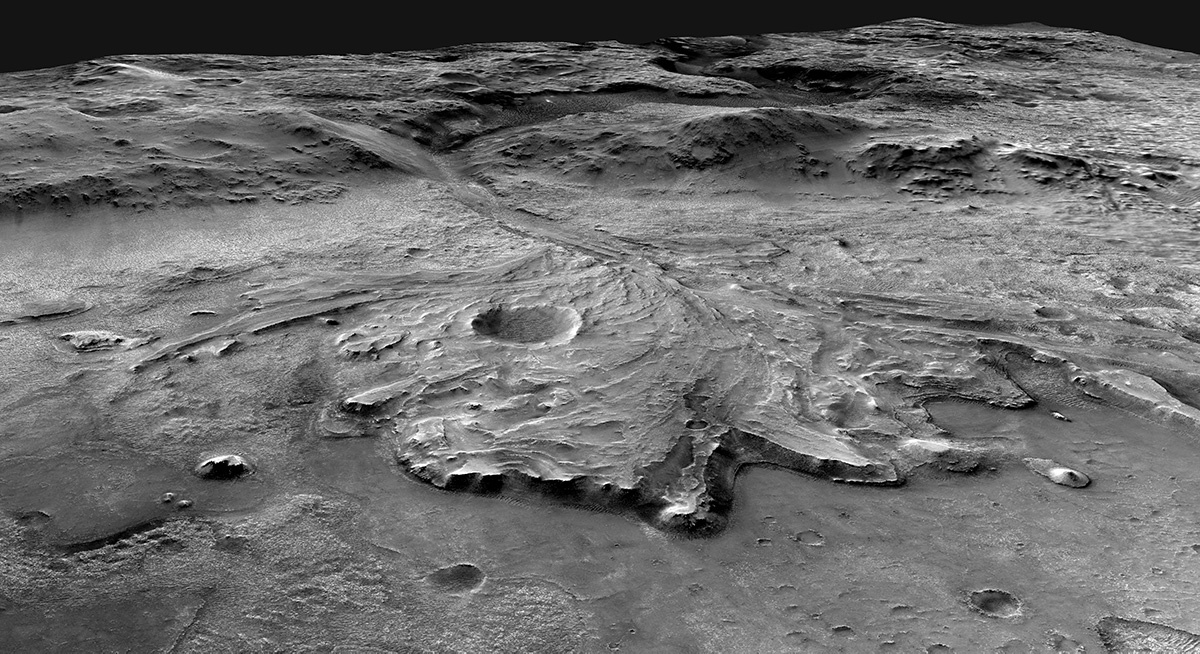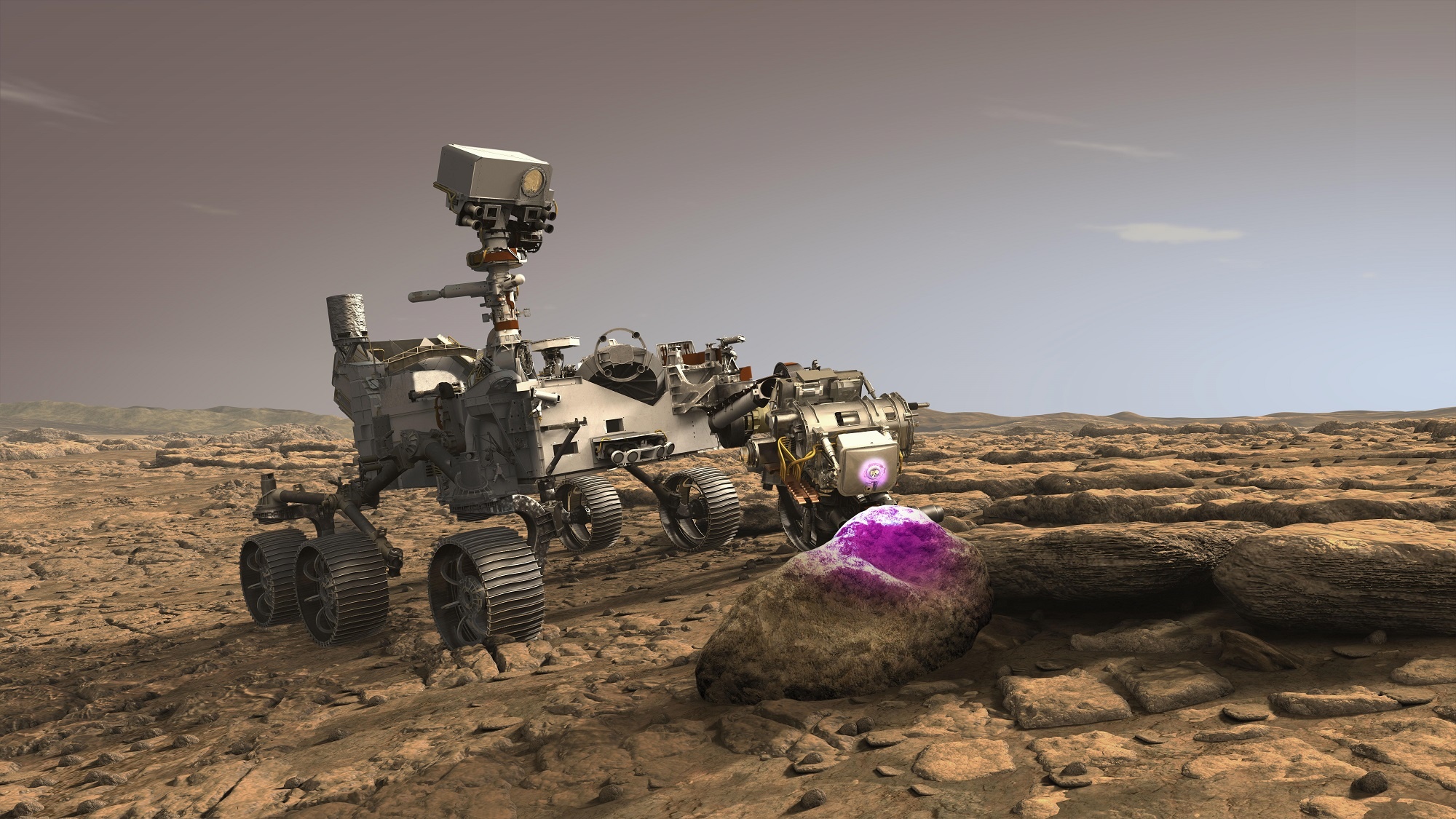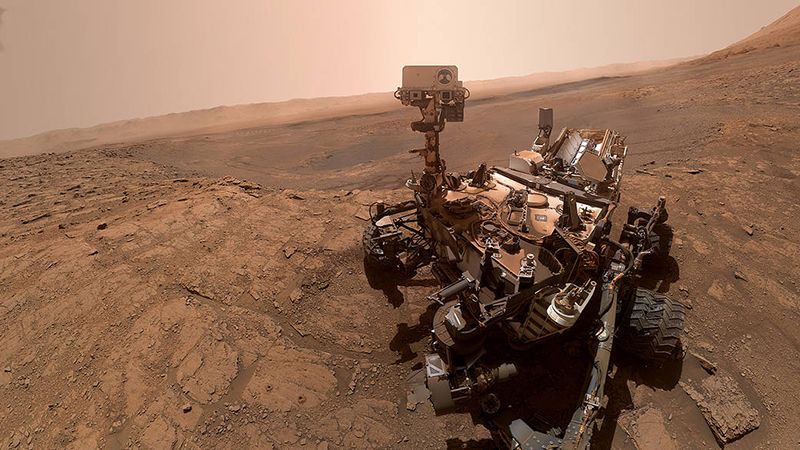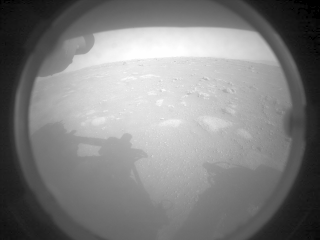On February 18th, 2021, NASA’s Perseverance rover set down on the surface of Mars. During the next two years of its primary mission, the rover will search the Jezero crater (where it landed) for evidence of past life on Mars. This will consist of collecting soil and rock samples from the preserved delta feature that formed billions of years ago from sediments deposited by flowing water.
The question is, where should it look for this possible evidence? A possible route the rover will take during its primary mission is shown in a series of recent images provided by NASA and the US Geological Survey (USGS). As illustrated in the image below, this path would take it from the cliffs that form the edge of the delta, up and across its surface towards possible “shoreline” deposits, and up to the rim of the crater.
Continue reading “New Perspective of Jezero Crater Shows the Path Perseverance Could use to Navigate”









